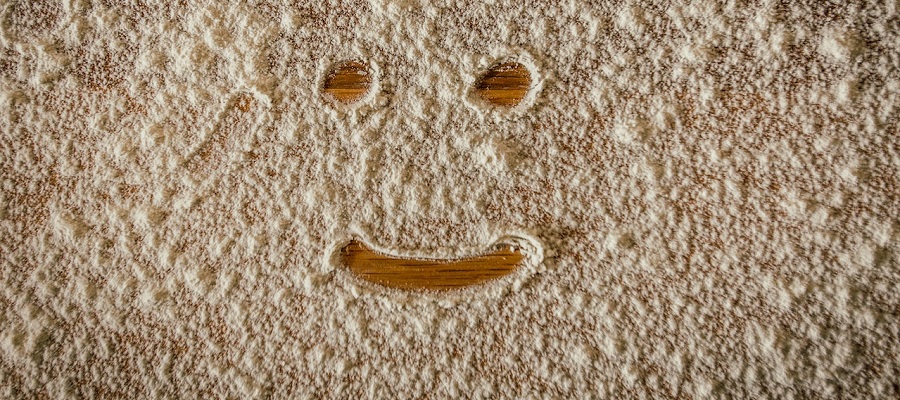There are many types of flour available, each with its own unique properties and uses. Some common types of flour include:
-
All-purpose flour: A type of flour that is made from a blend of hard and soft wheat and is suitable for a wide range of baking and cooking applications. It is commonly used for making breads, pastries, and sauces.
-
Bread flour: A type of flour that is made from hard wheat and has a high protein content, making it well-suited for bread baking. It produces bread with a chewy texture and a crisp crust.
-
Cake flour: A type of flour that is made from soft wheat and has a low protein content. It is used for making cakes, cookies, and other baked goods that require a tender, delicate crumb.
-
Whole wheat flour: A type of flour that is made from the entire wheat grain, including the bran, germ, and endosperm. It has a denser texture and a nutty flavor and is a good source of fiber.
-
Pastry flour: A type of flour that is made from soft wheat and has a protein content that is intermediate between all-purpose flour and cake flour. It is used for making pastries, pie crusts, and other baked goods that require a tender, flaky texture.
-
Self-rising flour: A type of flour that has baking powder and salt added to it. It is used for making biscuits, quick breads, and other baked goods that require a light, airy texture.
-
Gluten-free flour: A type of flour that is made from grains or starches that do not contain gluten, such as rice, corn, or potato. It is used by people who are sensitive to gluten or who have celiac disease.
These are just a few examples of the many types of flour that are available. Each type of flour has its own unique properties and is used for specific types of baking and cooking applications.
What dishes can I prepare with flour?
Flour is a versatile ingredient that can be used in a wide range of dishes, both sweet and savory. Some dishes that can be prepared with flour include:
-
Breads: Flour is a key ingredient in bread making, and it can be used to make a variety of breads, including sandwich bread, artisan bread, rolls, and more.
-
Pastries: Flour is used to make a variety of pastries, including pie crusts, tarts, croissants, and more.
-
Cakes and cookies: Flour is a key ingredient in many baked goods, including cakes, cookies, and other desserts.
-
Sauces and gravies: Flour can be used as a thickening agent in sauces and gravies to give them a smooth, creamy texture.
-
Pancakes and waffles: Flour is used to make a variety of breakfast items, including pancakes, waffles, and crepes.
-
Fried foods: Flour can be used to coat foods before frying to give them a crispy, golden brown exterior.
-
Dumplings: Flour can be used to make dumplings for soups and stews.
-
Pasta: Flour is a key ingredient in pasta making, and it can be used to make a variety of pasta shapes and sizes.
These are just a few examples of the many dishes that can be prepared with flour. The specific type of flour that is used will depend on the recipe and the desired texture and flavor of the finished dish.
How healthy is flour?
The healthfulness of flour depends on the specific type of flour that is being consumed and how it is used. Some types of flour, such as whole wheat flour, can be a good source of nutrients like fiber, protein, and B vitamins. However, other types of flour, such as white flour, are more highly processed and may have less nutritional value. In general, it is recommended to choose whole grain flours over refined flours whenever possible, as whole grain flours are higher in nutrients and fiber.
It is also important to consider how flour is used in a dish. For example, using flour as a coating for fried foods can add calories and fat to a dish, making it less healthy. On the other hand, using flour in small amounts as a thickening agent in sauces or soups can have a minimal impact on the overall nutritional content of a dish.
Overall, it is important to consume flour in moderation and to choose healthier types of flour, such as whole grain flours, whenever possible. It is also a good idea to balance flour-based dishes with a variety of other nutrient-rich foods as part of a healthy diet.


